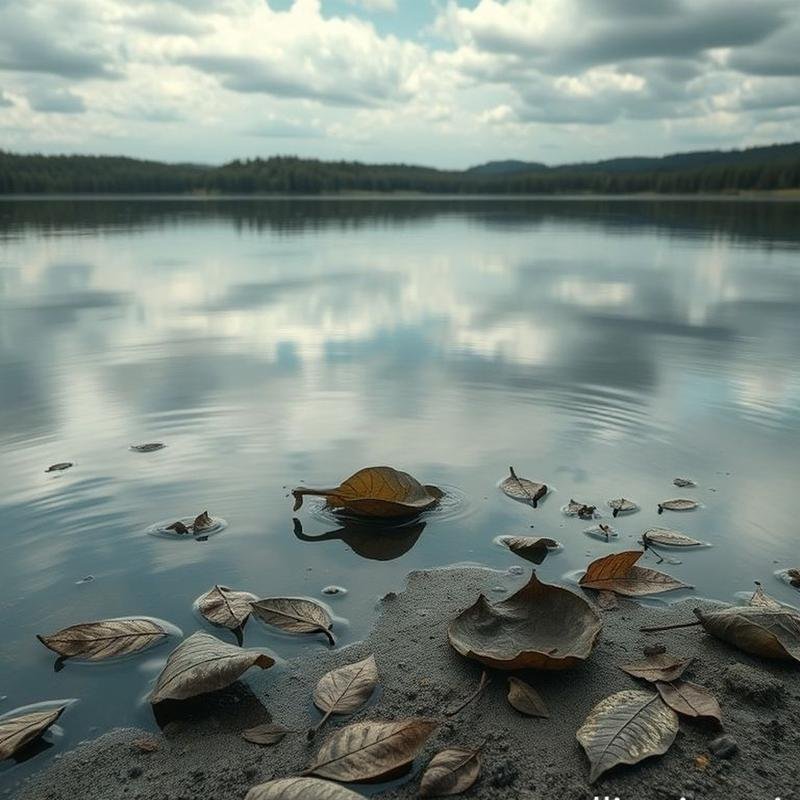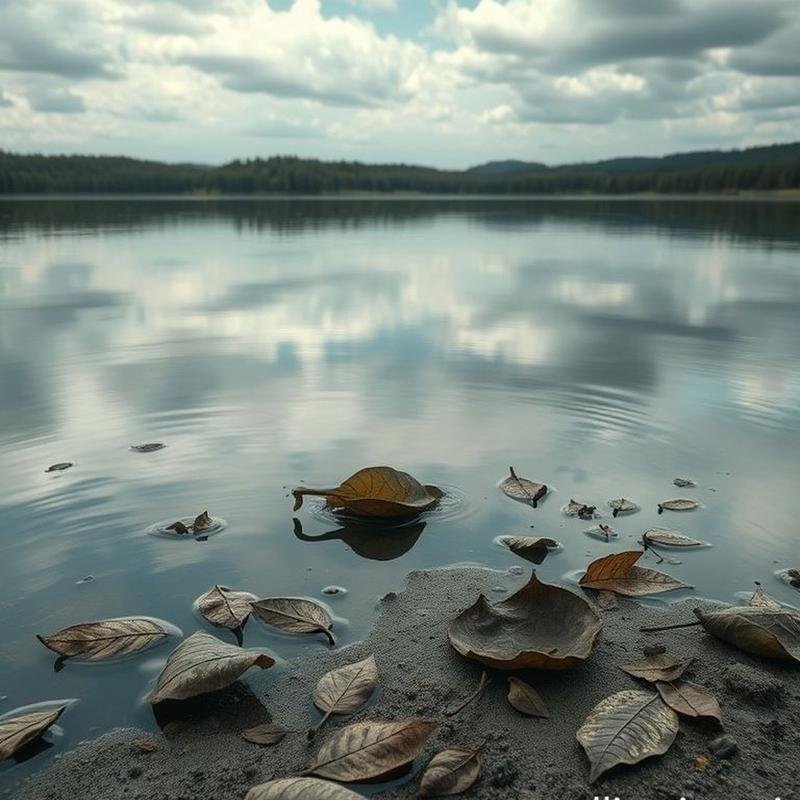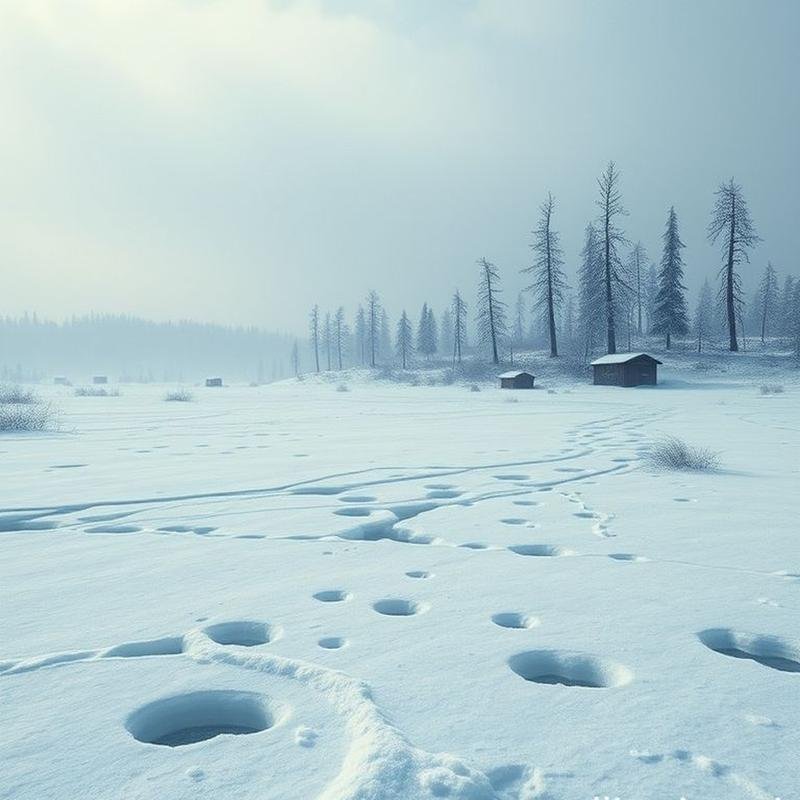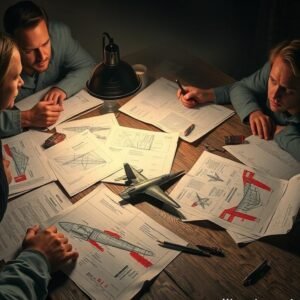“The Enigmatic World of Bog Bodies: Millennia-Old Human Sacrifices Unveiled.”
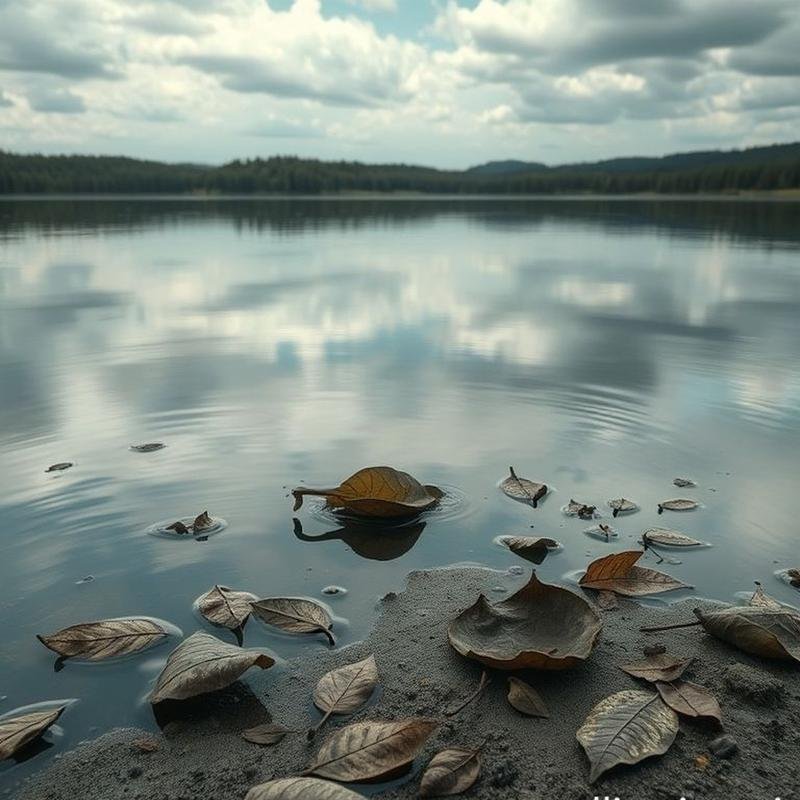
Bog Bodies: Unearthing Ancient Secrets
What transforms the bogs of Northern Europe into eternal burial grounds, preserving bodies for millennia, even down to their fingerprints? In this episode, we delve into the depths of these astonishing bog mummies, unveiling the ancient rituals and societies that offered these human sacrifices. We blend meticulous scientific analysis with profound cultural interpretation, seeking to understand this enigma preserved within the earth’s depths. Who were these victims? And what do their silent bodies reveal about their lost world? A journey into the depths of the past begins now.
Before we embark on this thrilling journey of discovery, share your predictions about the mystery of these enigmatic mummies in the comments. And to accompany us every step of this fascinating adventure, subscribe and support the channel.
The Chemistry of Preservation
In the heart of the bogs, where water and earth converge in an enduring embrace, a remarkable phenomenon of preservation unfolds. This is not mere coincidence, but a delicate interplay between chemistry and environment, where elements conspire to suspend time. Envision this unique environment: a pervasive acidity that inhibits microbial proliferation. The pH level here drops to levels that impede the activity of bacteria and fungi, the microorganisms responsible for decomposing organic matter. Then there is the oxygen deprivation, a suffocating absence that decelerates the body’s decomposition. In stagnant waters, the likelihood of rapid decay diminishes, as if nature itself were whispering, “Halt, do not hasten.” And let us not overlook the intense cold, particularly in Northern Europe, where temperatures plummet, disrupting biological activity, effectively placing the body in a vast refrigerator, slowing all vital processes. Another crucial element is tannin. This astringent substance, abundant in bogs, acts as a protective agent, stabilizing proteins and collagen in the skin and tissues, preserving their elasticity, as demonstrated by the Grauballe Man study.
Tollund Man, discovered in Denmark, exemplifies these unique conditions. After more than two thousand years, his facial features remain distinct, as if time has stood still, captured by the bog in an eternal moment. Sphagnum moss, prevalent in this environment, plays a vital role. This moss forms a protective layer, absorbs water, maintains acidity, and releases antimicrobial substances, ensuring the preservation of the bodies.
Dating the Past: Scientific Exploration
But how do we ascertain the precise moment when time ceased for these bodies? Here begins another journey, a scientific exploration through time itself. Radiocarbon dating is one of our most essential tools. Through precise measurement of the remaining carbon-14 within the skin, hair, and bones, we can estimate the age of these remains with remarkable accuracy, often within a few decades. However, this technique is not without its limitations. Contamination can skew the results, necessitating meticulous cleaning prior to any analysis. Then there is the intricate science of pollen analysis, which reveals the plant life surrounding the body at the time of death. By examining the types of pollen preserved in the bogs, we can identify the vegetation that flourished in the area, thereby determining the era in which these individuals lived. However, this analysis requires specialized expertise. Local conditions can significantly influence pollen distribution, making interpretation a truly challenging endeavor.
Tollund Man, for example, was radiocarbon dated to approximately 400 BC, placing him squarely in the pre-Roman Iron Age. But scientific inquiry does not end there. Through experimental archaeology, we endeavor to recreate the potential conditions that led to the preservation of bodies in bogs, seeking a deeper understanding of the chemical and biological processes that affected these remains. Even strontium isotope analysis, capable of accurately determining the geographical origin, offers a new perspective on their lives. But, after all this, what do these remains tell us about their final moments, about their demise?
Unveiling the Final Moments
Often, bog bodies reveal harrowing narratives, stories deeply etched upon their silent forms. Deep wounds to the neck, severe skull fractures, clear indications of strangulation… These are not merely random injuries. The Tollund Man’s body bears compelling evidence: a rope tightly constricted around his neck, suggesting hanging or deliberate strangulation. The Windeby I girl, on the other hand, appears to have met an even more brutal end: her throat violently lacerated, and one of her ribs brutally fractured. In some instances, the bodies appear bound, tightly restrained, suggesting that they were captured prior to their death, deprived of their freedom and forced to confront an unknown fate. Some bodies bear terrifying scars of torture, burns, and repeated wounds, raising the specter of ritual killing, a chilling scenario that links death to belief. A study of the Clonycavan Man revealed a horrifying truth: at least three fatal blows.
Sacrifice and Ritual
Upon discovering signs of violence, the question arises: were these deaths merely tragic accidents, or do they conceal a darker truth? Here, the lines of investigation converge, and theories of sacrifice emerge as a possibility that cannot be dismissed. Ancient lore has always suggested that bogs were sacred places, mysterious portals connecting the human realm to the realm of the gods. Were these bodies human sacrifices, offered to appease hidden powers inhabiting these lands? Tollund Man, with a rope tightened around his neck, raises unsettling questions about ritual execution. Was he a carefully selected sacrifice, offered to the gods of fertility and earth to ensure a bountiful harvest and abundant crops? Or perhaps he was a casualty of war, offered to the bloodthirsty gods of battle to secure victory for his tribe in bloody conflicts? The plant evidence preserved in the stomachs of some bodies reveals a distinctive last meal, possibly part of elaborate sacrificial rituals. And the discovery of ritual implements near some remains, from sharp knives to strange utensils, strongly reinforces this disturbing theory.
A study of the pollen preserved in the bogs reveals that these communities were fundamentally agricultural. Life pulsed with the rhythm of the seasons, where grain cultivation and livestock grazing together shaped their destinies. And the fossilized food remains in their stomachs tell a tale of seasonal diets, dependent on the earth’s bounty in each season. Seeds and berries in the autumn and winter, perhaps as part of mysterious rituals preceding death. The stark signs of violence on their bodies – fatal head trauma, treacherous stabbings, horrific evidence of hanging – all point to a violent death, possibly part of bloody sacrificial rituals or public execution. Were they outcasts from society, criminals who committed atrocities, or innocent victims sacrificed to appease the gods and restore lost balance? Some compelling theories suggest that these ancient Germanic communities practiced divination and prophecy, and that human sacrifices were an integral part of these mysterious practices. Tacitus himself, in his book Germania, describes punitive and religious practices among these tribes, practices that may shed some light on the true reasons behind the killing of these victims. But what about those bodies found wearing precious jewelry or luxurious clothing? Were they from a prominent social class, offered as a rare, exceptional sacrifice?
The Story of Tollund Man
But what about those chosen by fate to become threads in this mysterious tapestry? Let’s consider the story of Tollund Man, one of the most remarkable examples of preserved mummies. In 1950, amidst the peat bogs of Denmark, the face of Tollund Man emerged, as if rising from the depths of time, carrying a silent narrative waiting to be heard. This man dates back to the fourth century BC, to the Iron Age, a time of tribal conflicts and deep pagan beliefs. His face, meticulously preserved by the bog with astonishing care, enabled us to reconstruct his features, as if he were gazing directly at us from the distant past. The evidence strongly suggests that he died by hanging. A rope tightly constricted around his neck, but strangely, there are no signs of resistance or struggle. Was this a simple execution or part of an elaborate sacrificial ritual? Analysis of the contents of his stomach provides us with a glimpse into his final moments: a last meal consisting of porridge made from seeds and grains, as if a farewell feast before eternal departure. Today, Tollund Man stands in the Silkeborg Museum in Denmark, a silent witness, raising countless questions about life and death, and the ancient beliefs that shaped human destinies. Was he a victim or a hero? And is his story just a small part of a much larger puzzle, a puzzle that is still waiting to be solved?
Lessons from the Depths
But what can these carefully preserved bodies, which have transcended the silence of their graves to whisper to us hidden secrets from the past, teach us? DNA analysis reveals truly astonishing surprises; previously unknown lineages suddenly appear in these bogs, indicating complex migrations and subtle interactions between peoples in prehistoric times. They are stories of long journeys across continents, and tales of mating and merging between tribes we never knew existed. The study of teeth and bones reveals another profound suffering; the imprints of malnutrition and childhood diseases tell a harsh story about the difficult living conditions they faced. But it is also a poignant testament to the remarkable power of survival, and the extraordinary human capacity to adapt even in the harshest and most cruel conditions. In addition, the study of pollen preserved in the bogs surrounding the bodies gives us a fascinating glimpse into the landscapes and plants of the distant past. Dense forests that once towered have now vanished, and muddy swamps that were once sparkling lakes reflecting the sky. An entire world is gradually unfolding before our eyes, a world that is constantly changing, just as we are changing. Bog mummies are not just lifeless ancient bodies, but a mirror reflecting the evolution of life on Earth.
Ethical Considerations
Bog mummies are not just lifeless remains, but silent stories that whisper profound ethical questions. How should we treat the remains of those who preceded us on this earth centuries ago? Do we have the right to display them and study them in detail, or is that a flagrant violation of their eternal right to peace? In 2003, Denmark witnessed the reburial of Elling Woman, after many years spent on display, in response to growing concerns. Even archaeologists themselves are divided on this matter. Some see the study of these bodies as an invaluable opportunity to understand our origins and history, while others see their public display as diminishing human value and dignity.
